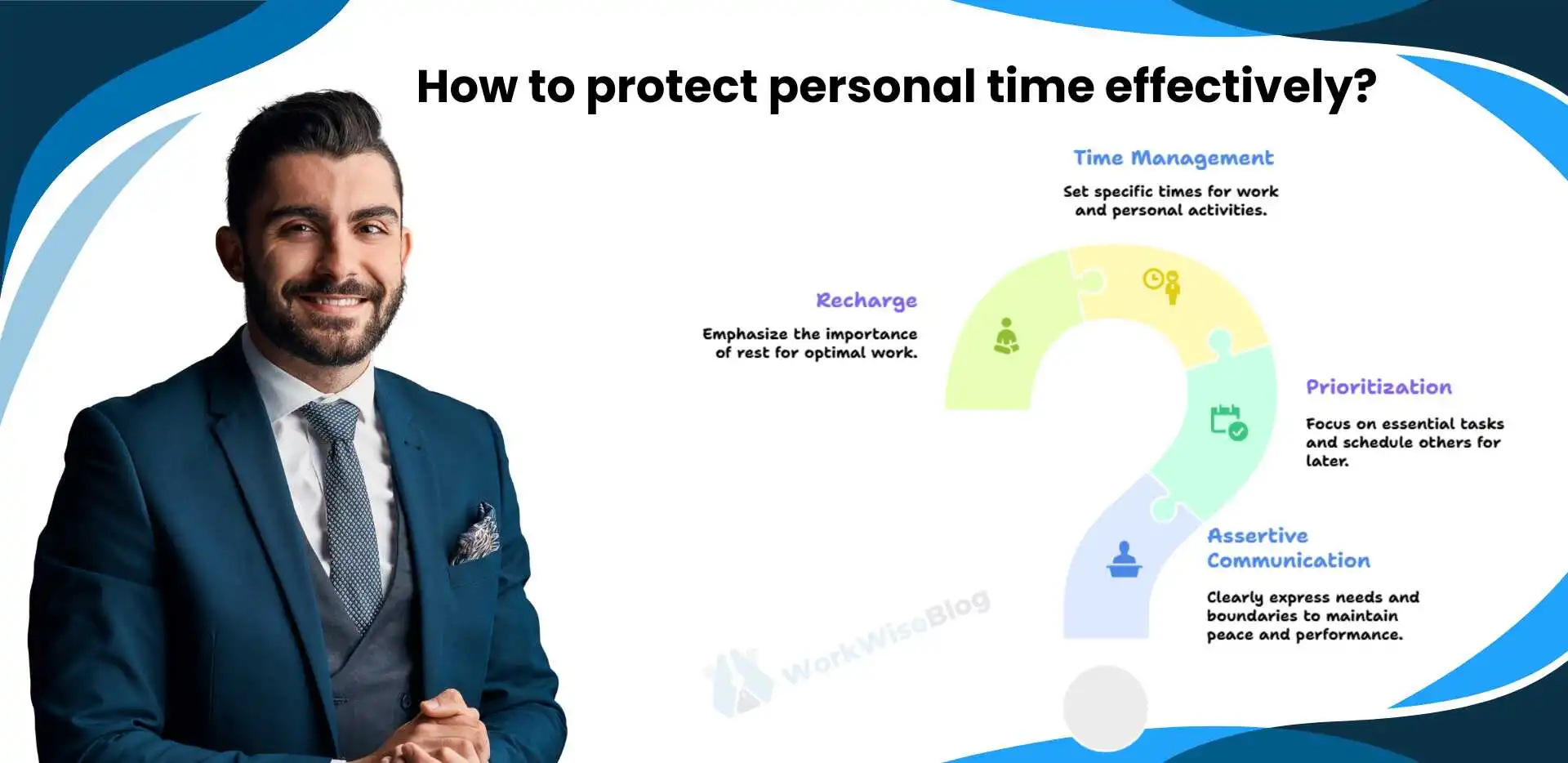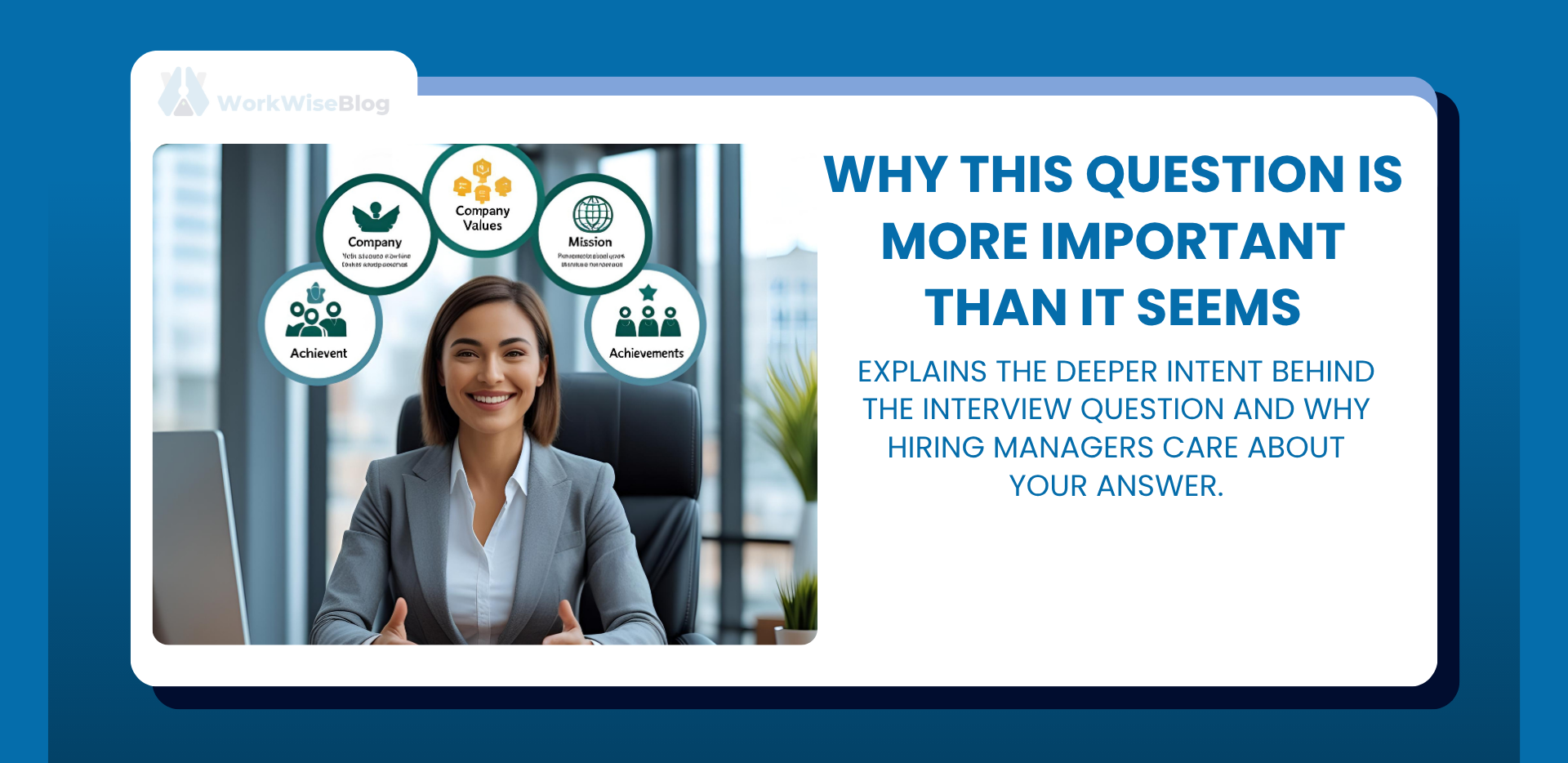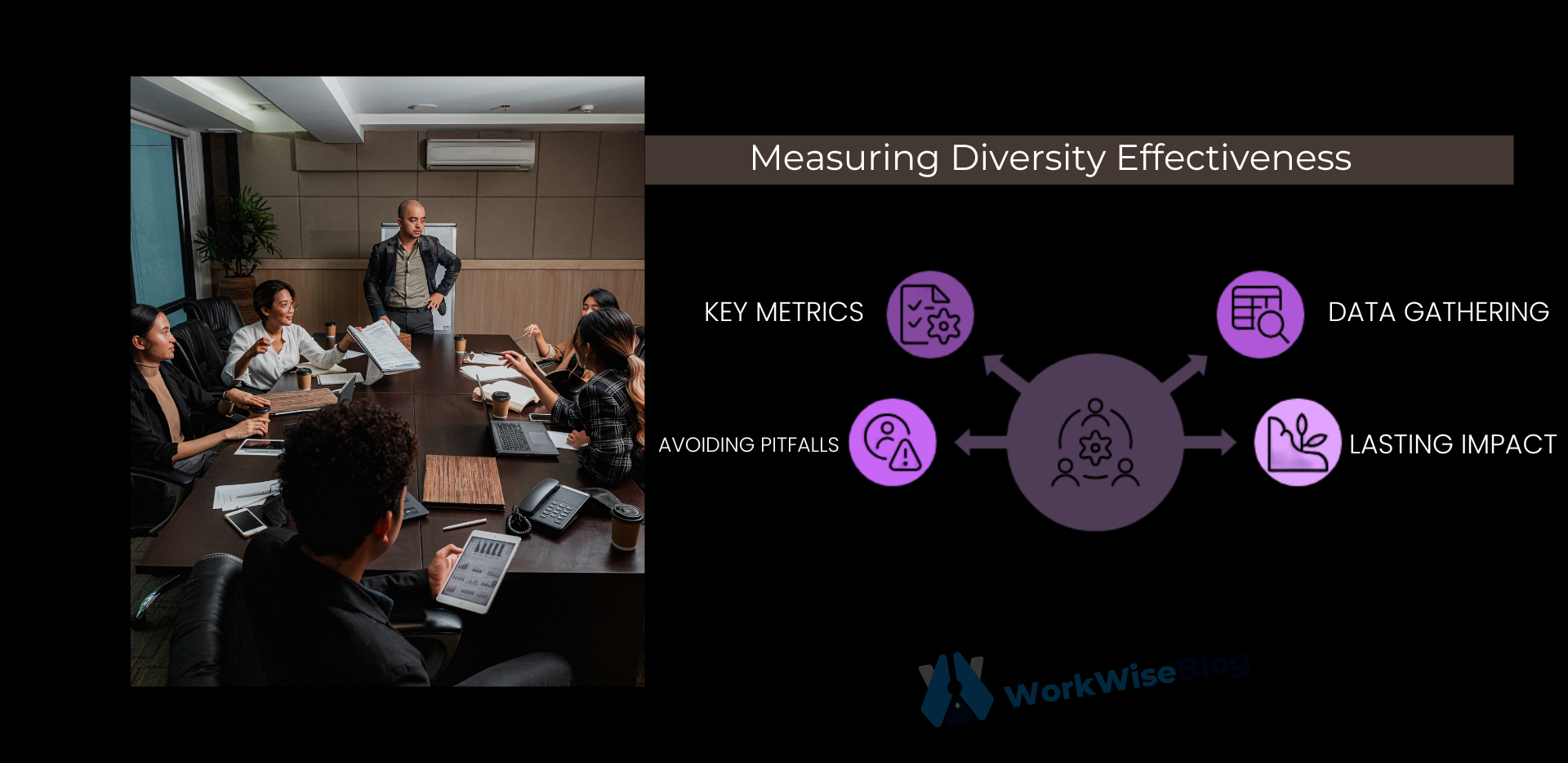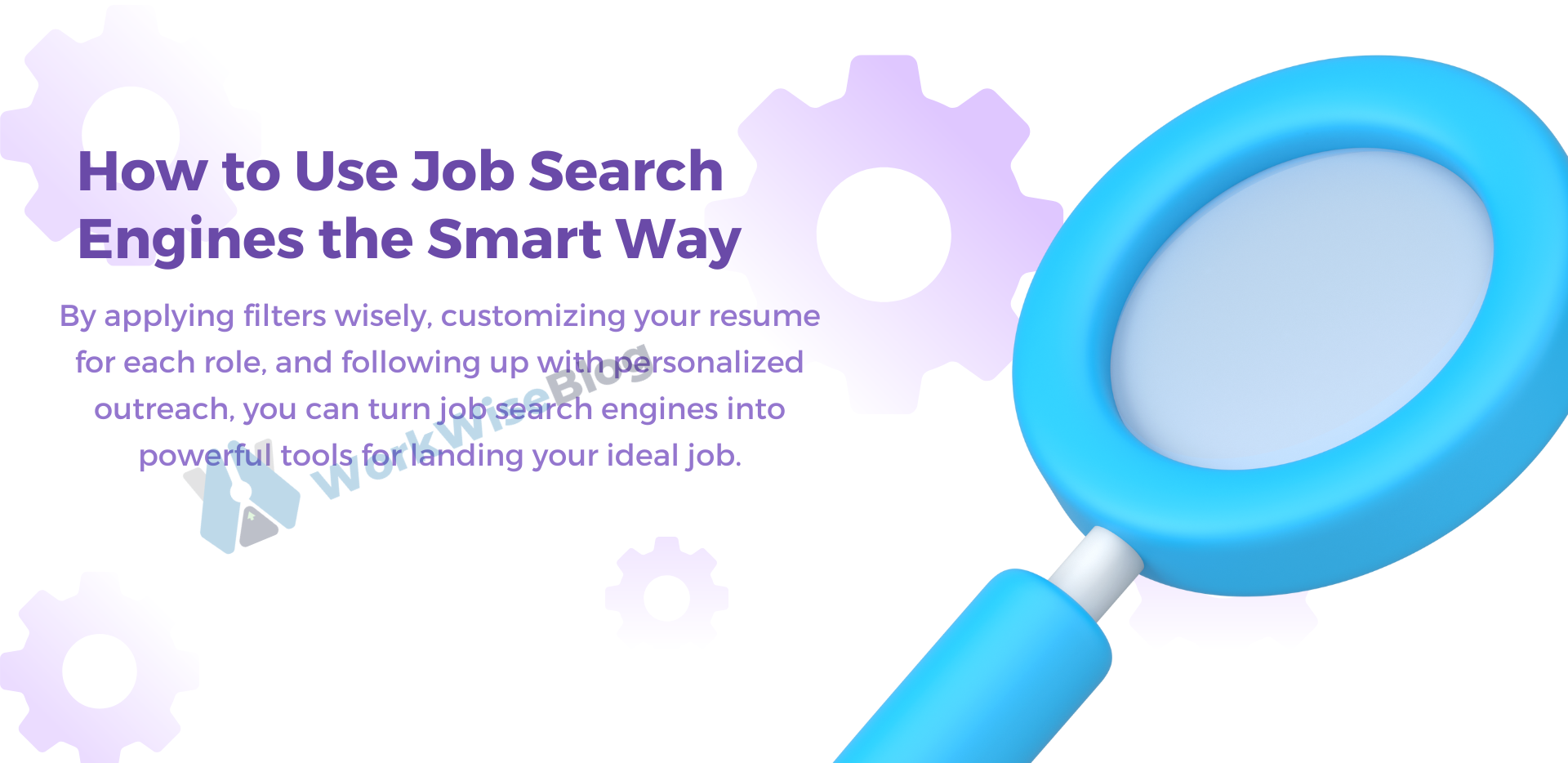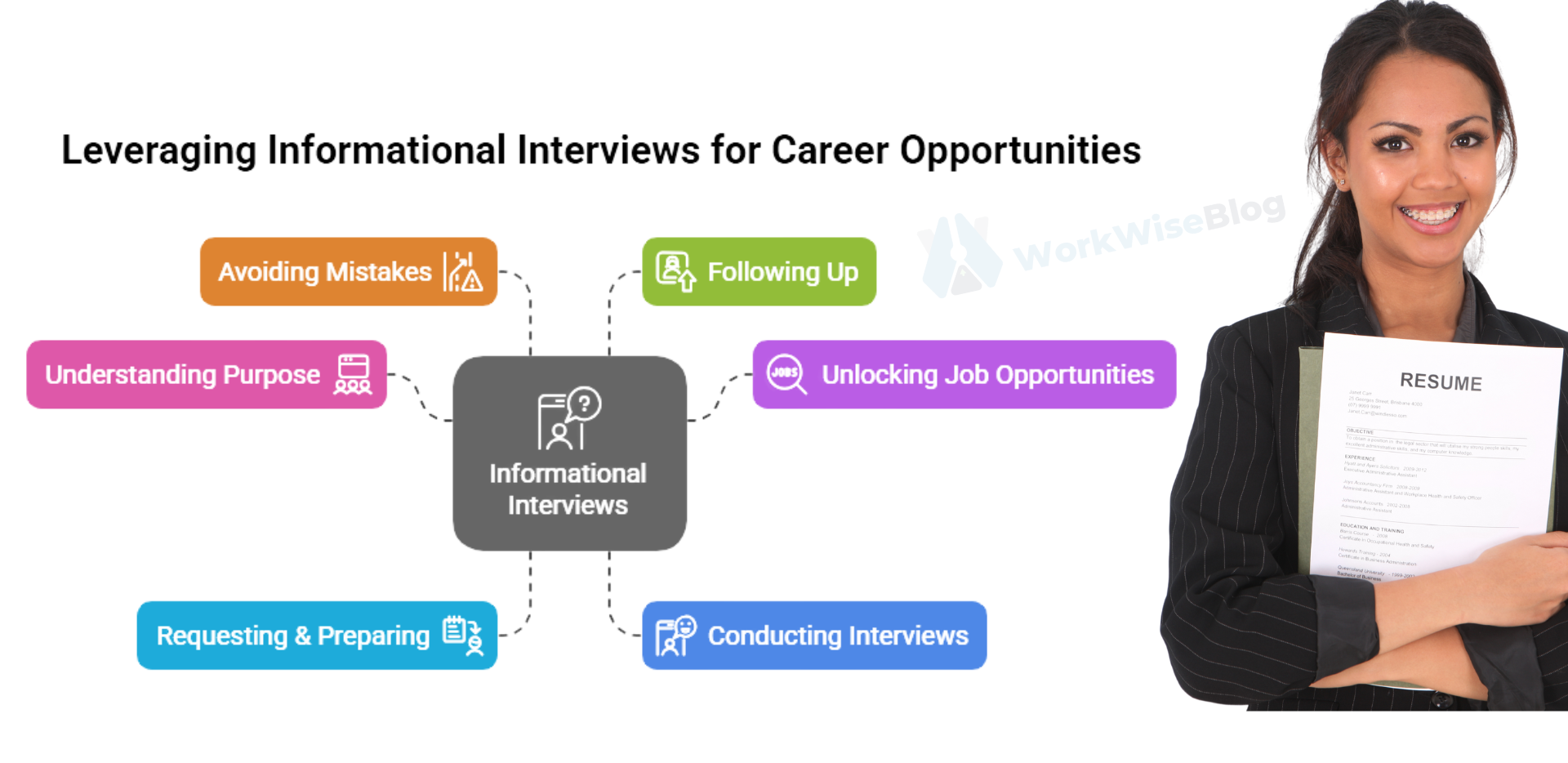
Why Saying Yes Can Transform Your Career
Opportunities are the building block of growth. Saying “yes” to the right ones can teach you new skills, broaden your network, and achieve significant professional milestones.

Benefits of Embracing Opportunities:
Your career can be built or destroyed by time management practices and strategies. You will be able to get closer to your professional goals because of your enhanced ability to manage time. In this regard, let us look at how effective time management helps achieve success in one’s career:
Skill Development:
Trying something new helps you build skills and gain experience.
Broader Network
New roles often mean new connections, which can open future doors.
Increased Confidence
Successfully navigating change builds resilience and self-belief.

When Should You Say Yes?
Not every opportunity is worth pursuing. Learning to evaluate when to take the plunge is crucial.
1. When It Aligns with Your Long-Term Goals
Just think before taking any new role or new project that does this get me closer to where I am meant to be in 5 or 10 years?
Signs It’s a Good Fit:
- The role matches your interests and skill set.
- It offers a clear path to personal or professional growth.

2. When It Offers a Learning Experience
Even if the opportunity doesn’t seem perfect on the surface, consider whether it will help you develop valuable skills.
Questions to Ask:
- Will this help me acquire in-demand skills?
- Does this role challenge me in new, exciting ways?
3. When the Timing Feels Right
Sometimes, timing is everything. It’s often easier to say yes when life feels stable, but it can be harder during stressful or uncertain times.
Pro Tip:
Consider your current workload and personal commitments before making a decision.
How to Evaluate Career Opportunities
Saying yes doesn’t mean saying yes to everything. Here’s how to evaluate opportunities thoughtfully:
1. Do a Gut Check
- Sometimes, your intuition knows best. Take a moment to reflect:
- Does this opportunity excite you?
- Do you feel a sense of alignment with the potential role?
2. Research the Details
Gather information about the opportunity:
- Company Culture: Does it align with your values?
- Growth Potential: Are there opportunities for advancement?
- Compensation: Does the role meet your financial expectations?
3. Seek Advice
Discuss the opportunity with trusted mentors or colleagues. They may offer insights or raise considerations you hadn’t thought of.
The Risks of Saying Yes (and How to Mitigate Them)
Saying yes always carries some level of risk, but recognizing and addressing potential challenges can help you make more confident decisions.
1. Fear of Failure
Solution:
Shift your mindset—view failure as a learning opportunity. Many successful professionals have failed before reaching their goals.
2. Overcommitment
Solution:
Be realistic about your workload and set boundaries to avoid burnout
3. Uncertainty About the Future
Solution:
Focus on the skills and experience you’ll gain, even if the opportunity isn’t permanent.
How to Say Yes with Confidence
Once you’ve decided to pursue a new opportunity, embrace it wholeheartedly. Here’s how to make the most of your decision:
1. Communicate Your Enthusiasm
Let your employer or team know you’re excited about the opportunity. Enthusiasm shows you’re ready to tackle new challenges.
2. Set Clear Goals
Define what you want to achieve from the experience. Whether it’s mastering a skill or gaining leadership experience, having goals will keep you focused.
3. Prepare for Challenges
Every new opportunity comes with a learning curve. Be ready to adapt, ask questions, and seek support when needed.
Using AI to Evaluate Opportunities
AI-powered tools can help you assess career opportunities more efficiently by offering data-driven insights into job roles, companies, and industries.
Examples:
Resume Matching:
Sites such as LinkedIn or AI-based job sites can throw up matching roles with your skills and interests.
Company Research
Tools like Glassdoor use AI to provide detailed insights into company culture and employee satisfaction
Career Path Prediction
AI tools can identify trends and forecast the growth potential of various roles or industries.
Tip:
Use these tools to support your research, but also trust your judgment and seek guidance from reliable mentors.
When to Say No
Sometimes, the best decision is to decline an opportunity. Learn to say no if:
- It doesn’t align with your values or goals.
- The workload feels unsustainable.
- The opportunity offers little room for growth or learning.
How to Decline Gracefully:
- Thank the offeror for considering you.
- Politely explain why the opportunity isn’t the right fit.
- Express interest in staying connected for future opportunities
Examples of Saying Yes (and What It Can Lead To)
Case Study: Sheryl Sandberg
Sheryl Sandberg took a leap when she said yes to joining Facebook as COO, despite initial doubts. Her decision not only defined her career opportunities but also influenced the tech industry.
Common Mistakes When Saying Yes (and How to Avoid Them)
Saying yes out of fear of missing out (FOMO).
Solution:
Base decisions on thoughtful evaluation, not pressure
Jumping in without understanding the role fully.
Solution:
Ask detailed questions to clarify expectations.
Overloading yourself with too many commitments.
Solution:
Prioritize opportunities that offer the most value.
Final Thoughts
Mastering the art of saying yes is about balance—recognizing opportunities that fit your goals and having the courage to take them. Remember, with every yes, one gets closer to growth whether success, lessons, or both.
Prepare yourself to say yes to your next big opportunity? Get started now, evaluating the choices in front of you today and taking a step toward that brighter future.


